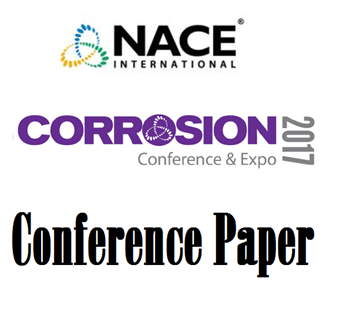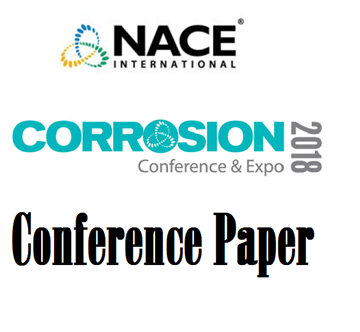Proper surface preparation to create sufficient adhesion of a coating over the substrate is fundamentally important in the long-life performance of a protective coating. Abrasive blast cleaning provides a fast and well-established method of surface preparation, which utilizes energy generated by an air supply to deliver a mass of abrasive particles at certain speeds and volumes to impact the steel resulting in a cleaned surface. The method not only cleans the surface to remove rust, scale, paint, and similar contaminations, but also roughens the surface to produce mechanical and chemical adhesion for a coating. Therefore, abrasive blasting is the preferred method for preparing steel for the application of high-performance coatings and routinely used for achieving the required surface conditions prior to a coating work.
Product Number:
51322-17806-SG
Author:
Haralampos Tsaprailis, Shan (Sherry) Rao
Publication Date:
2022
$0.00
$20.00
$20.00
The importance of surface preparation on the successful performance of protective coatings is well-recognized. Typically, abrasive blast cleaning is routinely used to achieve the required surface conditions prior to the application of a coating. Despite having been utilized for about 150 years, a literature review revealed that little attention was given to the effects of different blast abrasives on coating performance. It is accepted by most professionals that all abrasives would provide similarly optimized surfaces, as long as the right size of abrasive is selected and the proper surface preparation technique is implemented. Consequently, research has focused primarily on characterizing surface roughness and identifying effective profile parameters prior to coating application.
This paper summarizes the results of a comprehensive study carried out on two representative liquid-applied epoxy pipeline coatings that were applied over 15 different surfaces that all met the requirements of NACE No. 2/SSPC-SP10. Ten different blast media were used to prepare the surfaces that included metallic, glass, garnet, coal slags, mineral slag, and mineral blend abrasives. For certain abrasives, two different sizes were deliberately chosen to confirm whether proper abrasive size can further improve performance or whether the selection of compatible abrasive is more critical. In this work, the levels of dust and embedment as well as soluble salt contamination for the 15 prepared surfaces were examined to assist in data analysis. Replica tape, stylus surface roughness tester, and 3D replica tape imaging methods were employed to characterize the prepared surfaces and the performance test program included pull-off and X-cut adhesion techniques to evaluate the initial coating/substrate interfacial adhesion strengths, and hot water immersion, and cathodic disbondment tests to investigate the effects of the different abrasive prepared surfaces on protective efficiency of the two coatings.




